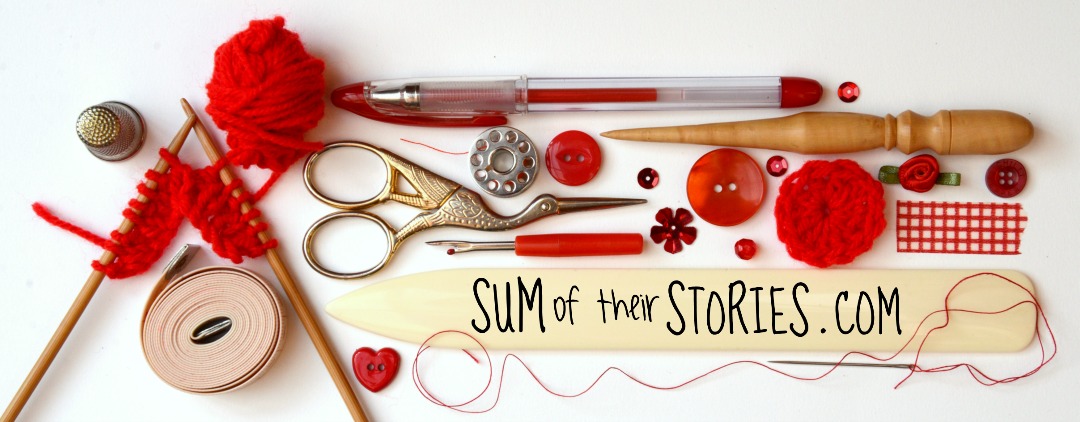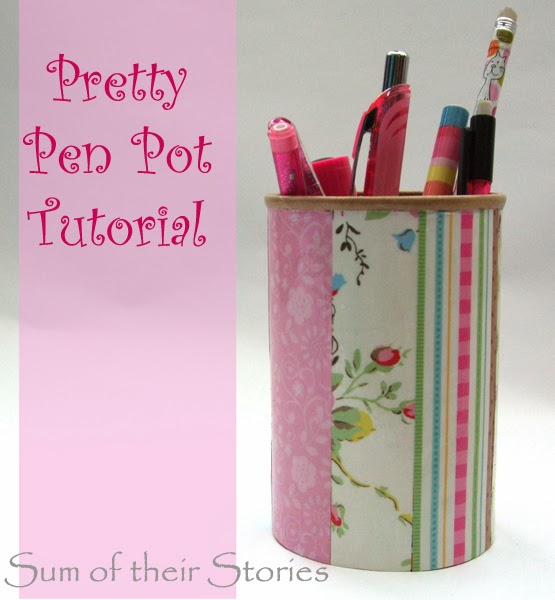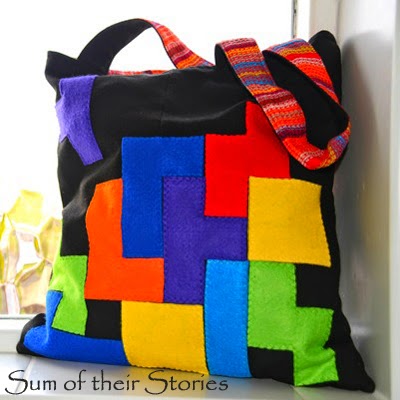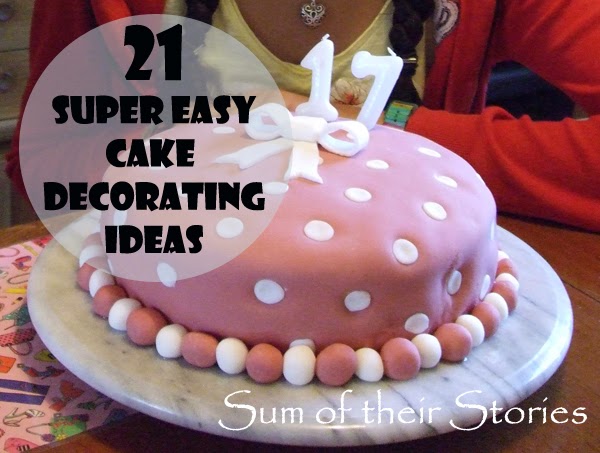What a bloomin' fiddle! I used regular DK wool and a small old UK size 12 (2.5mm) crochet hook. He was pretty quick to make but sooooo fiddly I really don't think I will be making another.
The other major problem with him is that I made him at night, in artificial light and what I thought was black wool for his teeny hands, feet and little glasses strap thingy is in fact navy blue! The blue of his dungarees is a bit off too, should be more royal blue really. It is testament to how fiddly this was that I haven't done a remake with the right colours.
I wandered slightly from the original instruction for his eye too. Mine is just a circle of white felt, with the dot and grey outline done with a sharpie. I then over sewed it on with regular grey sewing thread rather than glueing.I had the key ring just hanging around, whatever was on it before must have fallen off (never throw anything away!) I just sewed it on as securely as I could.
He is pretty cute though, despite his rather obvious faults, so if you want to make one this pattern does work. Vivianne has lots more cute teeny tiny patterns on her blog too.
While I'm sharing teeny tiny things, a few months ago I made this tiny little teddy, again just because I wanted to try really. He's is knitted, I'm afraid I can't remember what wool or needles I used. I followed this pattern from Julie at Little Cotton Rabbits. She has lots of amazing patterns, some to buy and some for free. It's another beautiful site well worth checking out.
He just sits on the side looking cute, I should give him away really, but I just haven't been able to yet!
I love the fact that the camera did face recognition on him when I took this picture!
Also last weekend I was making a few cards too and tried out this amazing teeny little bow making method.
I then got ridiculously excited. Try it and you will too. This method makes little bows that lie flat and straight - Amazing! Mine are not quite perfect as you can see but so much better than anything I was making before.
I am also very excited as The Great British Sewing Bee is back - whoop whoop! I love this programme so much. (I don't know if my non UK people get to see this, it's BBC so maybe you can get it on BBC America if you are in the US? If you don't maybe you need to start a petition or something!)
Somehow the programme makers make me feel almost instantly engaged with the contestants, and I love to see someone who did really badly in one round come through in the next and do really well.
I found this interview with one of the contestants, Lynda, on Crafts from the Cwtch Blog (she's the mum of Sarah, whose blog it is). Definitely worth a read if you are a fan at all.
Finally, I am also pleased to see a few signs of Spring. No offence winter, but you can go now, I've had enough.
You might also be interested in:
|
|
|
|








































































